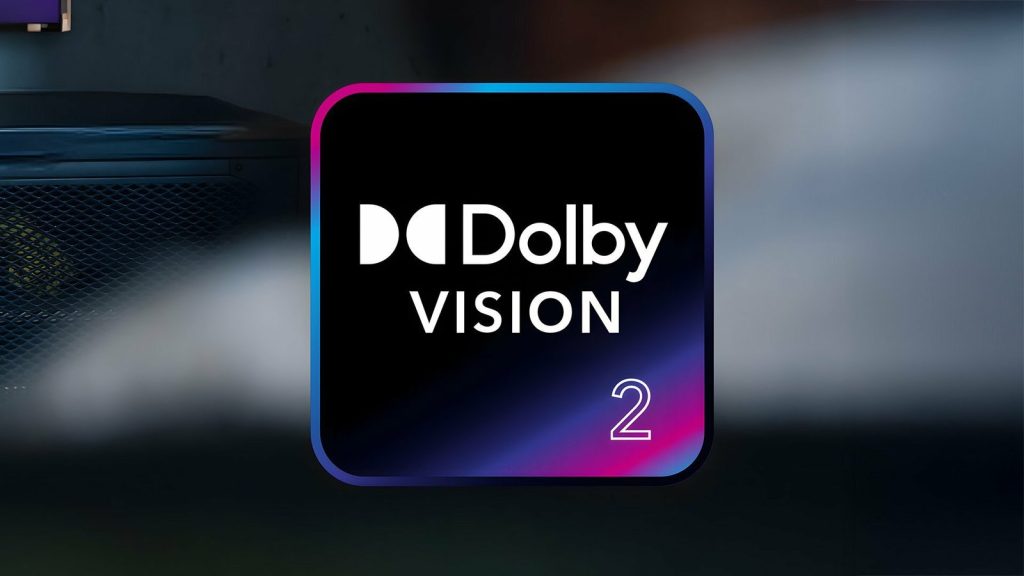Dolby presents the next generation of his HDR technology at IFA 2025: Dolby Vision 2 relies on artificial intelligence and for the first time gives filmmakers control over the controversial smoothing of movement. Hisense will use the technology first.
Dolby Vision 2 presented with AI features
Dolby Laboratories presented the further development of his HDR standard at IFA 2025 in Berlin. With artificial intelligence, Dolby Vision 2 is intended to create a better connection between the intentions of the filmmakers and the representation in the living room at home. HiSense will be the first manufacturer to implement the new technology in its premium TVs, including miniled models with the MediaTek Pentonic 800 Chip.
The new processor has the “Miravision Pro” PQ Engine and is the first to fully support Dolby Vision 2. The technology builds on the established Dolby Vision standard, but extends it with intelligent functions that should automatically react to content and the surrounding area.
Content Intelligence as a core function
The central element of Dolby Vision 2 is the so -called “content intelligence”. This uses AI algorithms to automatically adapt televisions to different content and viewing situations. The “Precision Black” function is intended to solve the problem of the dark scenes by making details more visible in shady areas without falsifying the original image aesthetics. “Light Sense” recognizes the ambient light and adapts the image parameters accordingly. The function represents a further development of the well-known Dolby Vision-IQ technology, which is already being used on current television.
Authentic Motion for targeted smoothing of movement
The new “Authentic Motion” feature is likely to be discussed particularly controversial. Dolby is the first creatively controlled movement control tool that enables filmmakers to actually activate or deactivate the smoothing of movement for individual scenes. The function could reduce the unpopular “SoAP-OPERA EFFECT”, which arises when movement smoothing is used inappropriate.
So far, spectators only had the choice of completely switching on or off. With Authentic Motion, directors can now make a scene -specific way where the technology makes sense – for example in sports broadcasts – and where it would disturb film aesthetics. In the end, however, we are already seeing how we simply deactivate this tool.
Two versions for different market segments
Dolby offers vision 2 in two variants: The standard version for mainstream TV contains the new formation and content intelligence. Dolby Vision 2 Max is aimed at high-end devices and offers additional premium features such as bidirectional tone mapping for higher lace brightness and improved contrasts.
In addition to HiSense, the French media group Canal+ has also committed to support Dolby Vision 2 for films, TV shows and live sports. Other TV manufacturers are expected to announce their plans at CES 2026 in January. The technology is to be gradually integrated into new devices, whereby the schedule depends on the respective manufacturers.


